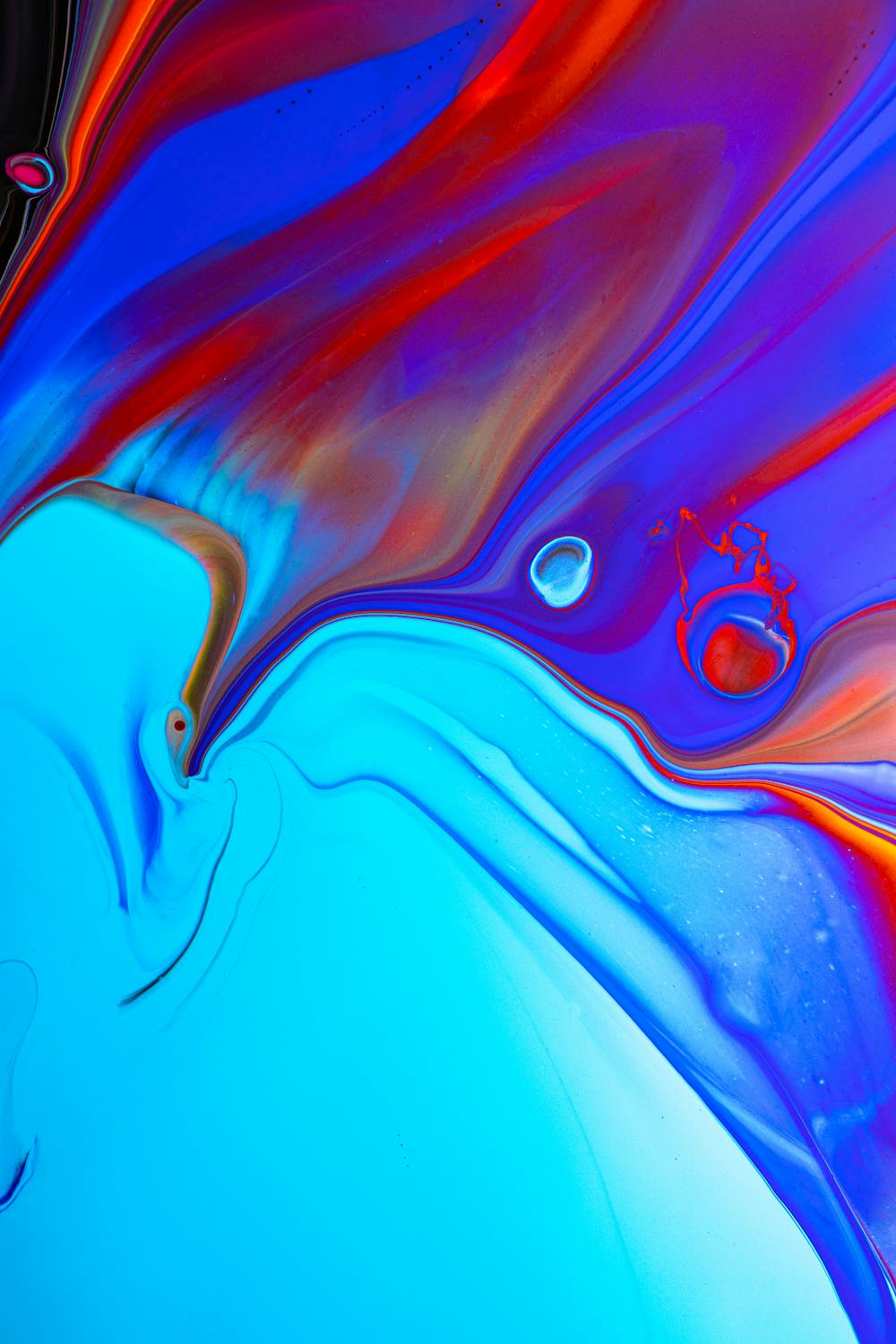Building Artwork Image Classification System

This is a paid opportunity. In order to be eligible to apply for this project, you need to be part of the Omdena community and have finished at least one AI Innovation Challenge.
You can find our upcoming AI Innovation Challenges at https://omdena.com/projects.
The problem
This project is set to address a significant challenge in the art industry: the lack of an efficient, automated system for classifying and analyzing artwork images based on a comprehensive set of attributes. Currently, the process of categorizing art pieces involves manual effort, which is not only time-consuming but also prone to inconsistencies and biases. This manual approach makes it difficult to manage large datasets of artwork images. The project aims to develop a classification model that can automatically analyze artwork images and categorize them based on the art style, keywords/genre, types of art, description, materials, period, and geographic location.
Impact of the Problem
On Collection Management:
- Inefficiency: The time and resources required for manual image analysis are substantial, leading to inefficiencies in managing and updating art collections.
- Presentation Issues: Manual classification and inconsistent tagging hinders the ability for art curators to present artworks that are similar to each other.
On Artists and Art Enthusiasts:
- Limited Discoverability: Without precise and consistent classification, discovering specific types of artwork becomes more challenging for users, affecting their overall experience.
- Barriers to Education and Research: Museum curators and scholars relying on digital archives for research and education may find it difficult to locate relevant artworks due to poor or inconsistent categorization.
On the Art Market:
- Impacts on Valuation and Sales: Inaccurate or incomplete artwork information can impact the valuation of art pieces and hinder sales.
- Reduced Accessibility: The lack of efficient classification mechanisms can reduce the accessibility of art, making it harder for new audiences to explore and engage with diverse art forms.
By developing an AI-driven classification model that leverages different comprehensive datasets**, the project seeks to automate the process of artwork image analysis, offering a scalable and efficient solution for categorizing art. The model will output classified attributes in a structured format for each input image, significantly enhancing the management and discoverability of artworks.
The project goals
The primary aim of this project is to revolutionize artwork classification and analysis by developing an AI-driven classification model over a seven-week timeline. This initiative is critical for automating and enhancing the accuracy of artwork categorization, utilizing a variety of datasets. The project unfolds across several meticulously planned phases:
- Project Initialization and Planning- The project scope will be finalized, a detailed plan outlined, and tasks assigned. This foundational phase ensures clear objectives and alignment among team members, setting the stage for the project’s demands.
- Data Preparation- Datasets will be acquired and prepared, initiating data exploration and preprocessing. An initial demo will showcase progress in data preparation and share insights, laying the groundwork for model development.
- Model Development and Initial Training- The first iteration of the classification model will be developed, focusing on creating a robust framework for accurate artwork categorization. Initial training and evaluation of the model will provide valuable feedback for refinement.
- Model Refinement and Second Evaluation- Following initial results, the model will undergo refinement and optimization through hyperparameter tuning to enhance performance. This stage is crucial for ensuring the model’s effectiveness and reliability.
- Finalization and Presentation- The project will culminate in the finalization and deployment of the model as an API endpoint, reflecting the latest iteration and optimizations. This deployment marks a significant milestone, offering a scalable and efficient solution for artwork classification.
Adhering to this structured approach, the project aims to deliver a Minimum Viable Product that showcases the capabilities of the AI-driven classification model and lays the groundwork for further advancements. This project is set to significantly impact the digital art curation landscape, providing a dynamic, accurate, and user-friendly method for artwork analysis and categorization.
**More details will be shared with the designated team.
Why join? The uniqueness of Omdena Top Talent Projects
Top Talent opportunities come as a natural next step after participating in Omdena’s AI Innovation Challenges.
Everyone in the community is eligible to participate once they have shown the relevant skills based on the merit of involvement in past Omdena challenges and the community.
If you are looking for the next challenge after participating in one or more Omdena AI Innovation Challenges, then we believe you have made the right choice! With a healthy, pressured environment, you will be pushed to contribute, learn and grow even more.
Find more information on how an Omdena Top Talent Program works
First Omdena Project?
Join the Omdena community to make a real-world impact and develop your career
Build a global network and get mentoring support
Earn money through paid gigs and access many more opportunities
Eligibility to join an Omdena Top Talent project
Finished at least one AI Innovation Challenge
Received a recommendation from the Omdena Core Team Member/ Project Owner (PO) is a plus
Skill requirements
Good English
Machine Learning Engineer
Experience working with Machine Learning and/or Deep Learning is a plus.
This challenge is hosted with our friends at
Application Form



Become an Omdena Collaborator


